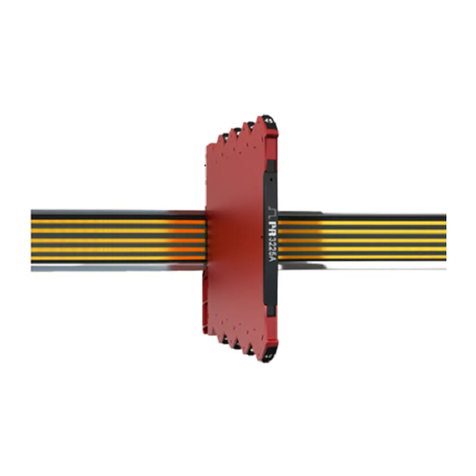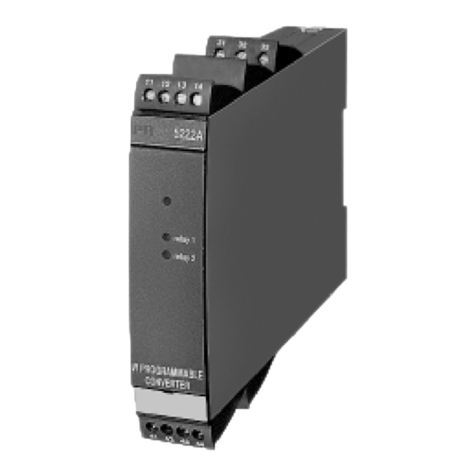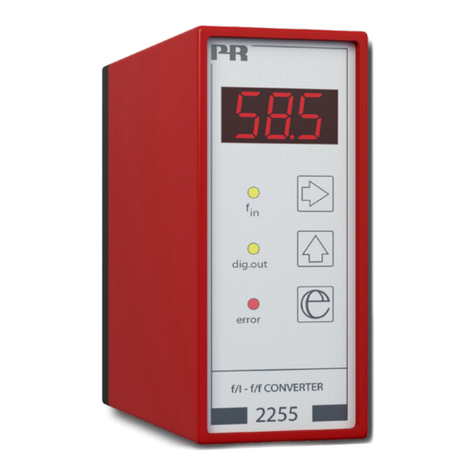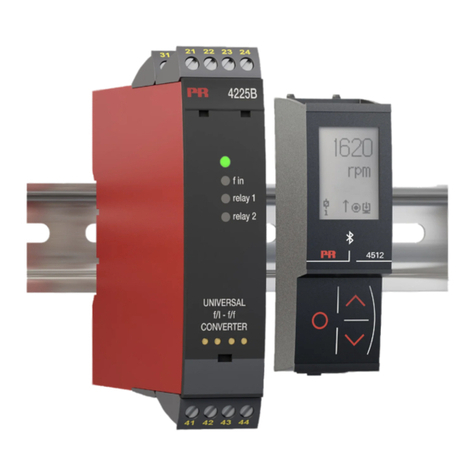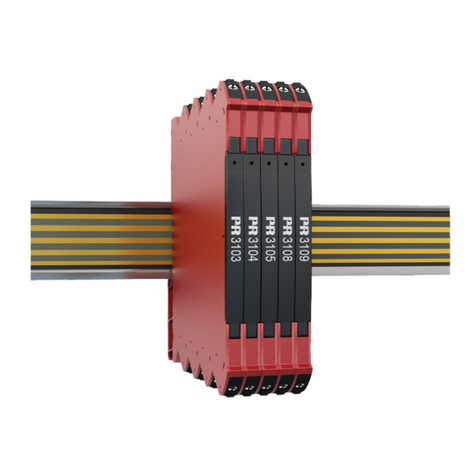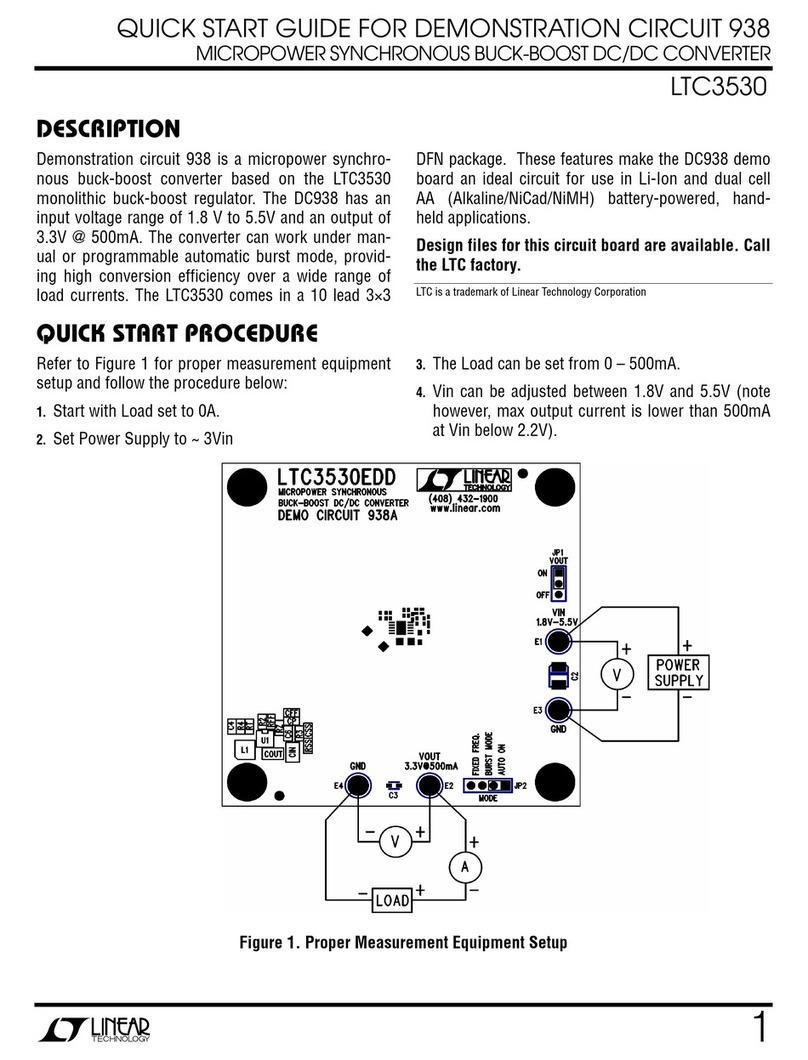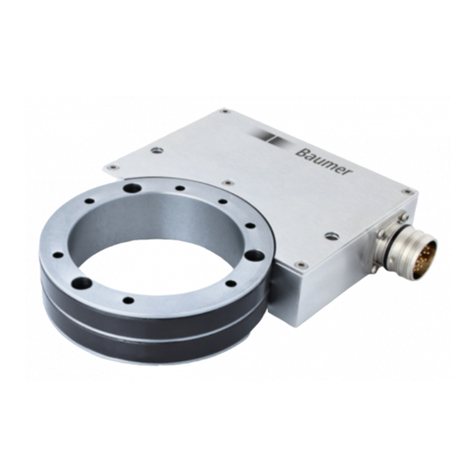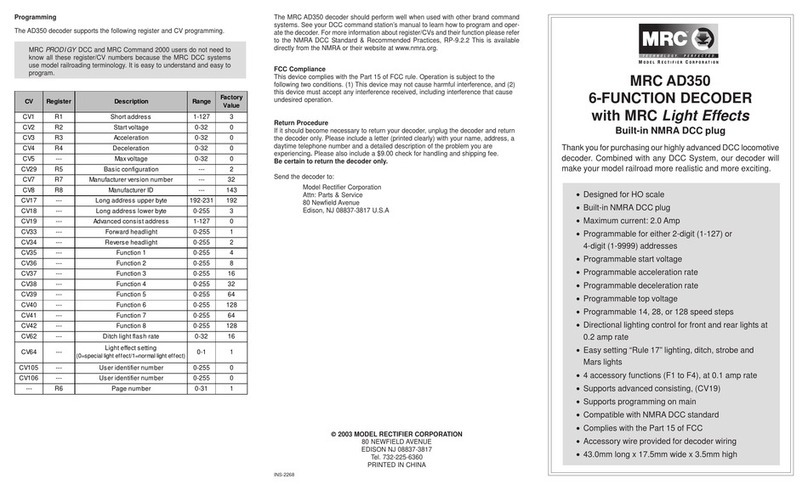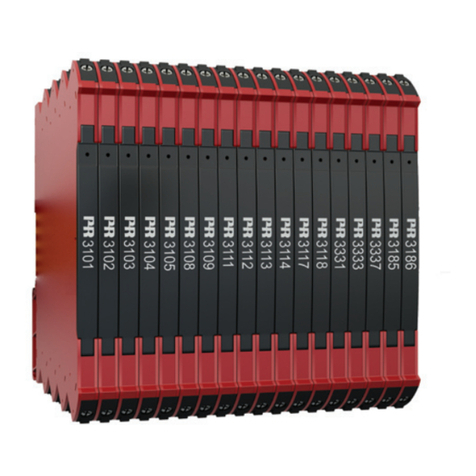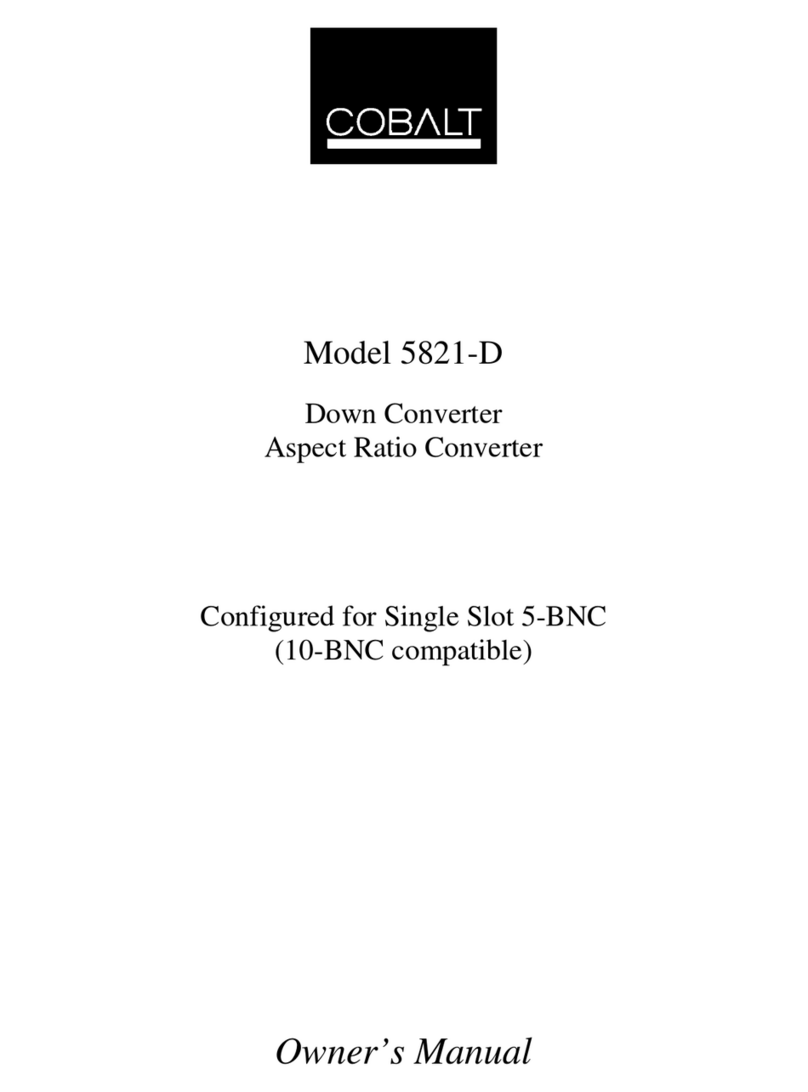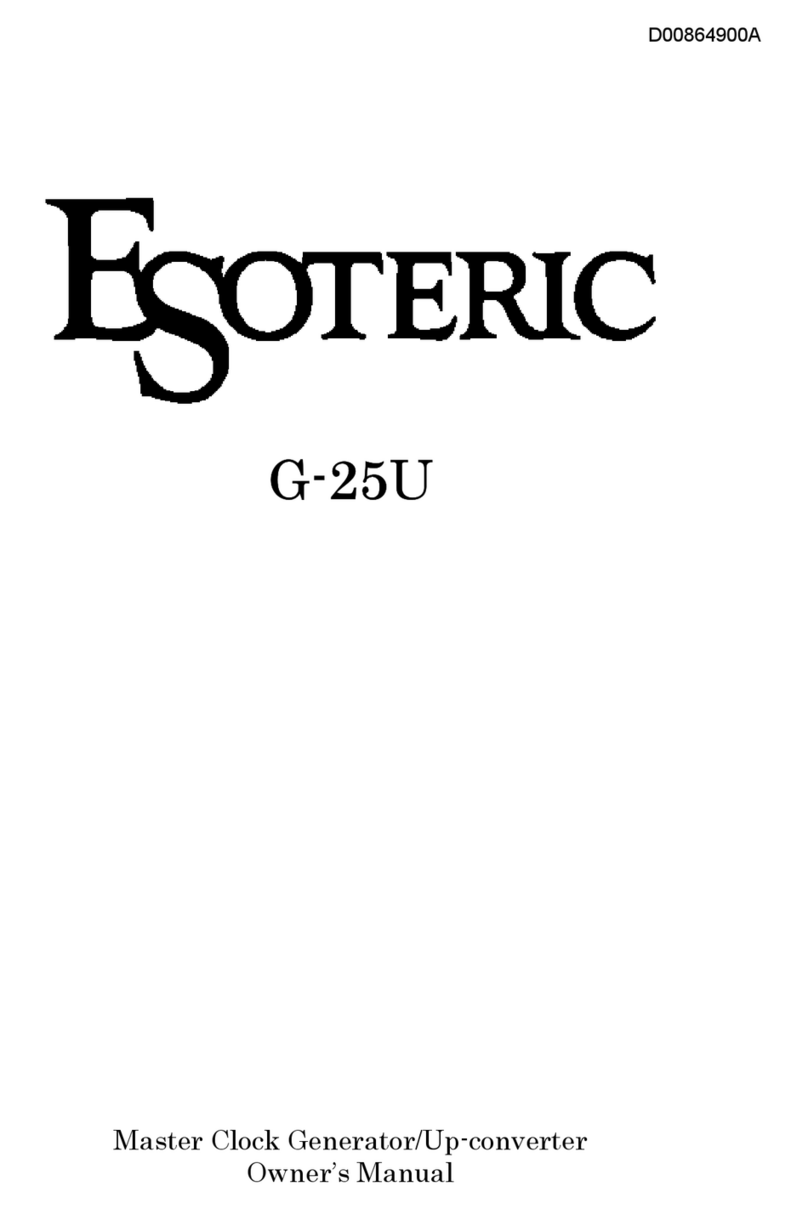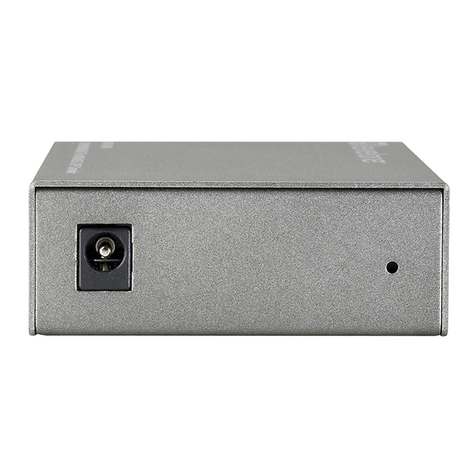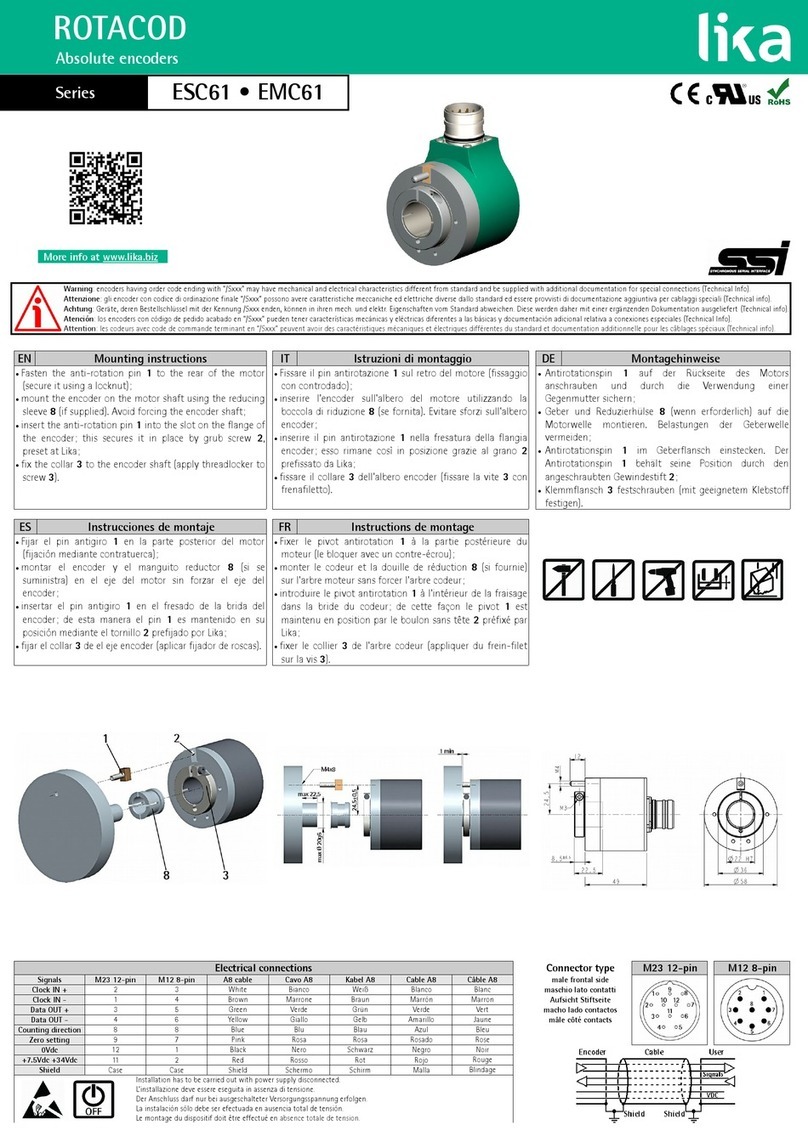
5115V105-UK 17
Function description
In general
Output 1 and output 2 can be configured for standard current / voltage signals in the ranges 0/4...20 mA and 0...10 VDC. When
selecting the arithmetical functions, up to 4 constants, K1, K2, K3, and K4, must also be defined.
The functions can be selected individually for both outputs. Duplication of the signal from e.g. input 1 is obtained by selecting
the function Input 1 for both output 1 and output 2.
Selection of functions for the outputs (to be selected in the configuration program PReset)
Input 1
Input 1 is transmitted directly to the selected output.
Input 2
Input 2 is transmitted directly to the selected output.
Addition: (Input 1 * K1 + Input 2 * K2 + K4)
After calculation, the result of the addition is transmitted to the selected output.
Example 1
When adding 2 identically scaled input signals of e.g. 4...20 mA, the output would be 8...40 mA at the same scaling. But as
the output follows standard current signals of 0/4...20 mA, the scaling on the output is double of the scaling on the inputs.
This means that each input must be scaled by only half the scale of the output. This is done by setting K1 and K2 at 0.5.
The offset constant K4 will typically be 0.
Example 2
When adding 2 differently scaled input signals, K1 and K2 can be calculated as follows:
Input 1: 4...20 mA corresponding to a flow of 0...100 m3 / h.
Input 2: 4...20 mA corresponding to a flow of 0...150 m3 / h.
The output signal of 4...20 mA must correspond to a flow of 0...250 m3 / h.
Input 1 must be scaled by 100/250 corresponding to a K1 of 0.4.
Input 2 must be scaled by 150/250 corresponding to a K2 of 0.6.
The offset constant K4 will typically be 0.
Subtraction: (Input 1 * K1 - Input 2 * K2 + K4)
After calculation, the result of the subtraction is transmitted to the selected output.
Input 1 must be the highest signal, or the offset constant K4 must be of sufficient value to ensure that the output is not
negative.
Example
When subtracting 2 identically scaled signals, the constants K1 and K2 = 1 and the offset constant K4 = 0.
If K1, K2, and K4 = 0.5, the output will be 50% by identical signals on the inputs. If input 1 receives a 100% signal and
input 2 receives a 0% signal, the output will be 100%. If input 2 receives a 100% signal and input 1 receives a 0% signal,
the output will be 0%.
Subtraction: (Input 2 * K2 - Input 1 * K1 + K4)
Input 2 must be the highest signal. For further details see Subtraction: (Input 1 * K1 - Input 2 * K2 + K4).
Multiplication: ((Input 1 + K1) * (Input 2 + K2) * K3 + K4)
After calculation, the result of the multiplication is transmitted to the selected output.
The offset constants K1 and K2 are used as additions on the inputs. The constant K3 is multiplied on the result and the
offset constant K4 is added to the outputs.
Example
By means of a potentiometer via the 2.5 V reference voltage on input 1, the signal on input 2 can be variable by a factor of
0.75...1.25.
Configuration of input 1:
When the potentiometer is at zero, the result of (Input 1 + K1) * K3 must be 0.75 and when the potentiometer is in the top
position, the result of (Input 1 + K1) * K3 must be 1.25. By solving the following two equations with 2 unknowns, K1 and
K3 can be found:
Equation 1: (0 + K1) * K3 = 0.75
Equation 2: (1 + K1) * K3 = 1.25
Solution: K1 = 1.5 and K3 = 0.5



























